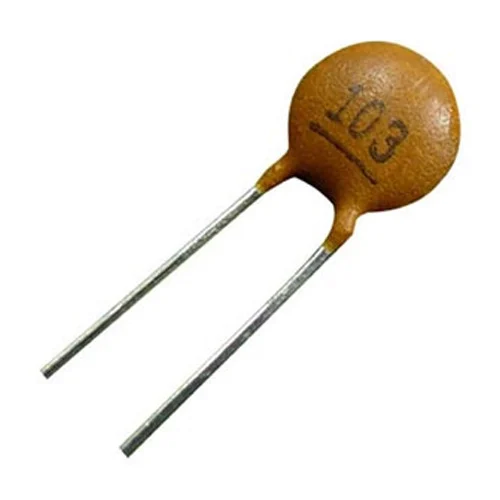Capacitor Number Code

Capacitors are often marked with codes to indicate their capacitance values. These codes, especially in the form of three-digit numbers, represent the capacitance in picoFarads (pF). Understanding these codes requires knowing how to interpret the numbers and their format. Here's a breakdown:
Standard Three-Digit Capacitor Code
The code is usually a three-digit number where:
- The first two digits represent the first part of the value.
- The third digit is a multiplier (the number of zeros to be added).
For example, if the code is `104`:
- The first two digits are `10`.
- The third digit is `4`, meaning four zeros (10 followed by 0000).
So, the capacitance value is: 10×104=100000 pF. Convert it to microfarads (µF) by dividing by 1,000,000: 100000 pF=0.1 μF .
Examples:
- 103 → 10 × 10³ = 10,000 pF = 0.01 µF
- 221 → 22 × 10¹ = 220 pF = 220 pF
- 472 → 47 × 10² = 4700 pF = 4.7 nF
Additional Codes:
Some capacitors include letters or other markings:
- Letters like J, K, or M indicate tolerance (J = ±5%, K = ±10%, M = ±20%).
By knowing these simple rules, you can easily decode a capacitor’s value based on its number code.
If you are looking for capacitors to include in your project check out the Bitsbox capacitor section.
